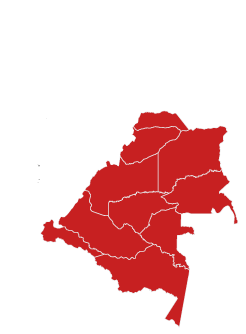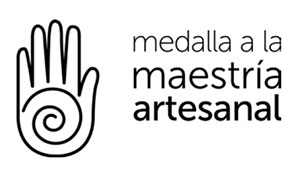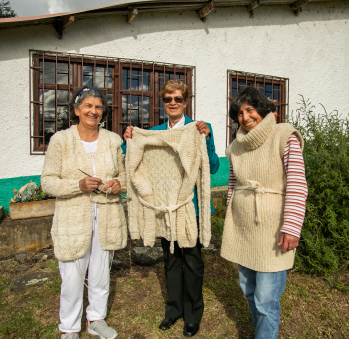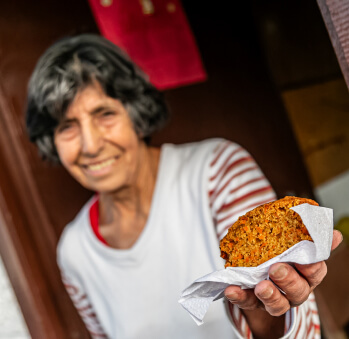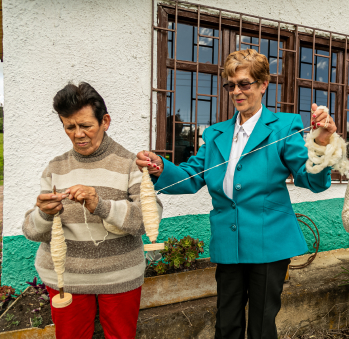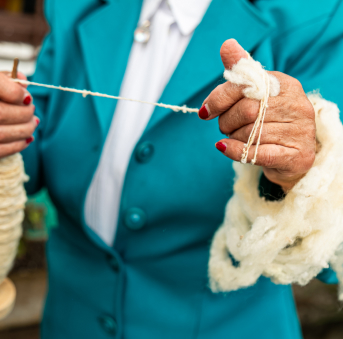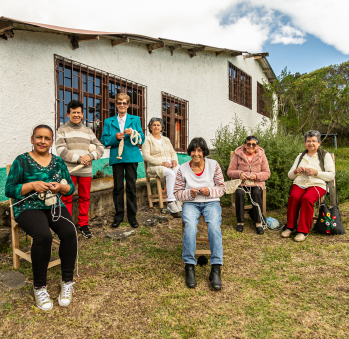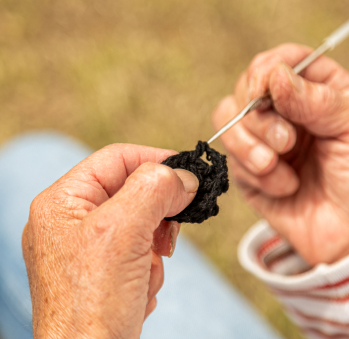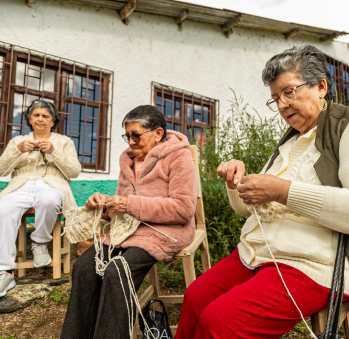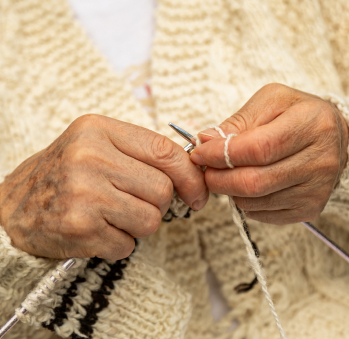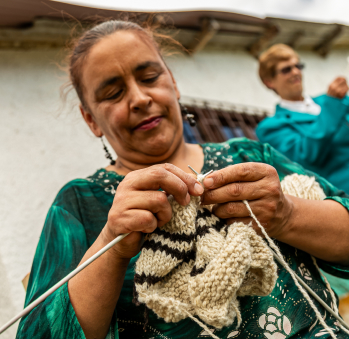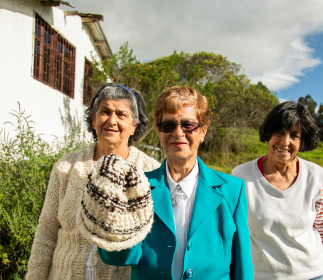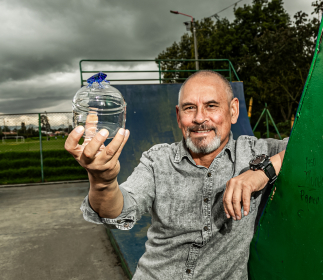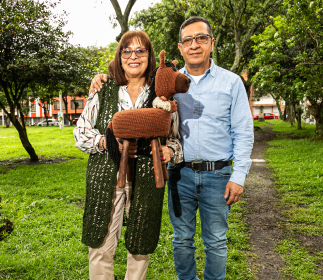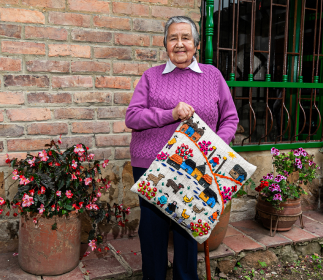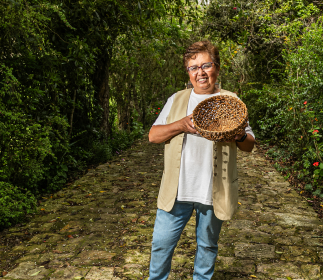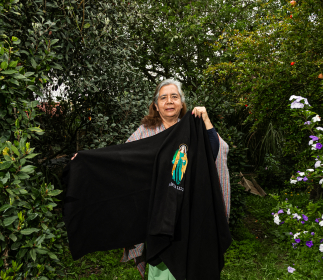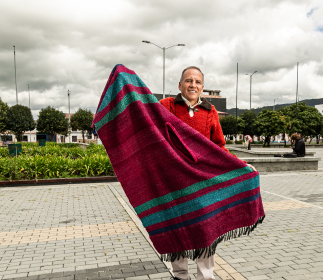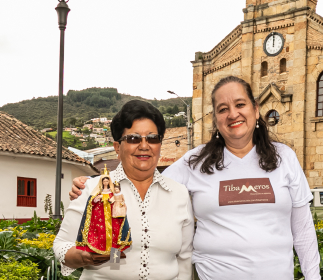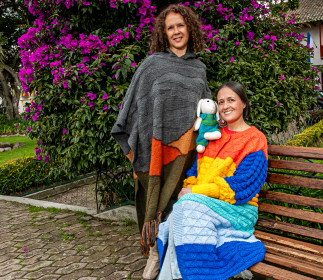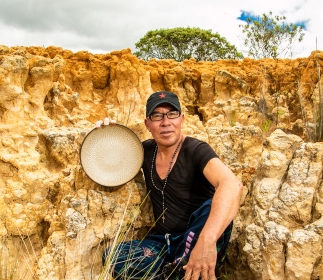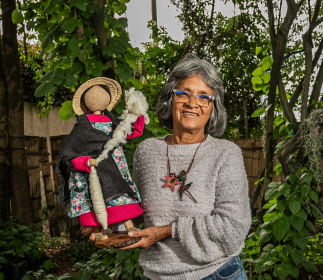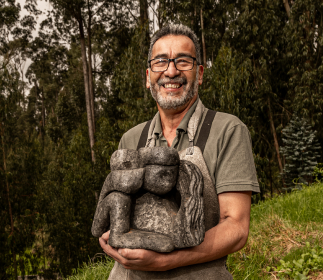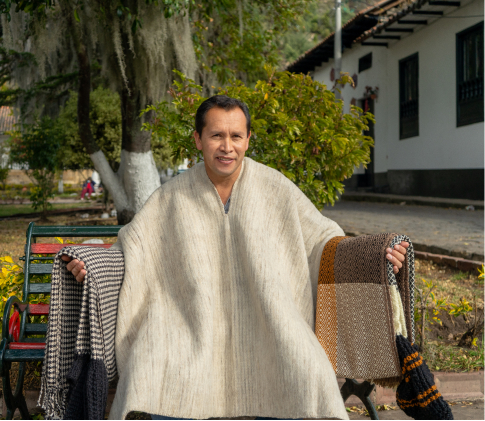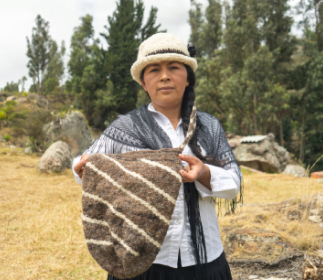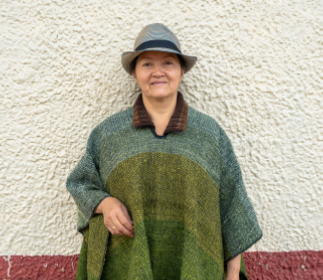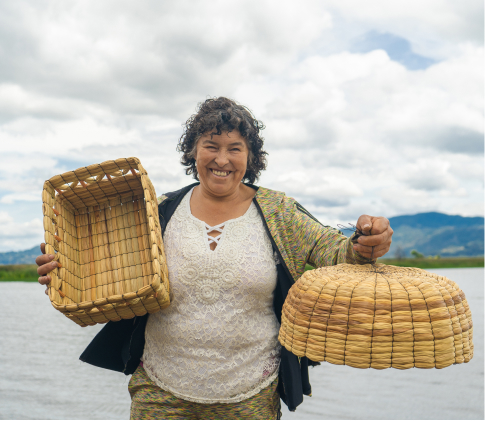Grupo artesanal Chaleche
AGENDA TU VISITA
Carmen: 3224661281
Benilda: 3134076162
marbeni856@yahoo.es
Cuando el Grupo Artesanal Chaleche empezó a funcionar, en 1971, sus primeras integrantes estaban en sus veintes, apenas iniciando sus vidas de adultas y de casadas. Hoy, a más de medio siglo de funcionamiento en la vereda de Chaleche, municipio de Sesquilé, varias de ellas siguen tejiendo y son el testimonio vivo de la transformación de una región. Ellas vivieron una infancia en donde el Embalse de Tominé no era ni siquiera un proyecto, así que su paisaje de niñas era un valle fértil atravesado por un río, el Siecha, colmado de cultivos, y en donde las vacas y ovejas pastaban por igual.
Pero todo cambió en 1967 cuando se inundó una extensión de tierra que bordeaba tres municipios –Sesquilé, Guatavita y Guasca– y allí se constituyó un gigantesco embalse que surtiría a Bogotá de agua si la llegare a necesitar. Con ello, el uso de la tierra cambió y la economía igual. Guatavita la Nueva se construyó con el fin de volverla turística y los deportes náuticos empezaron a vislumbrarse en sus aguas. Y aunque fue una promesa de desarrollo de la región, lo cierto es que muchos campesinos se vieron afectados porque su forma de vida cambió. Y lo peor, se les fue cerrando el acceso al lago al destinarle sus orillas a los clubes.
En este contexto nació el Grupo Artesanal Chaleche. Anita de Castillo, una mujer cuya familia construyó su casa de campo en ese paraje hermoso que es el embalse, vio que las mujeres campesinas de su vereda necesitaban mejorar sus ingresos, disminuidos como la actividad agrícola de la región. En esa pesquisa se enteró que muchas de ellas tenían en sus manos un saber artesanal que habían heredado de generación en generación: el tejido en lana. Además, eran unas magas del macramé. Fue así que, en un momento en donde Artesanías de Colombia llevaba apenas unos años de fundada, doña Anita vio en los oficios manuales una posibilidad para su vereda. Hizo un llamado y 12 mujeres acudieron a él. La inscripción de 10 pesos fue la puerta de entrada y muy rápidamente, el grupo tomó vuelo.
Al año ya contaban con 22 artesanas que tejiendo pañolones en croché con hilo terlenka emprendieron el camino de la exportación. Además, recibieron una donación de 10.000 pesos de la Secretaría de Integración Popular de la Presidencia de la República y, en 1973, empezaron a recibir apoyo en diseño y gestión de Artesanías de Colombia. Todo este apoyo derivó en un jugoso encargo que les significó la adquisición del terreno en el que hoy está el Grupo: la elaboración de divisorios, que servían para separar espacios o colgar en las paredes. Eran piezas colgantes realizadas en lana, cañuela y chusque, y terminadas con pepas de tagua. De moda durante los años 80, los pedidos de los famosos “divisorios sabaneros” para el extranjero hicieron que llegaran a ser más de sesenta tejedoras.
Elvira Villalobos, una de las fundadoras con su hermana Felisa, cuenta que el Grupo Artesanal Chaleche es mucho más que una tienda de artesanías, es el lugar de encuentro comunitario que le permitió a su territorio que “llegara la electrificación rural, así como el acueducto”. Es el refugio de la vereda, el lugar donde se reúnen todos y toman decisiones, la tienda que surte al vecindario, con productos hechos en casa. Carmen Alcira Rodríguez preside la Junta, Benilda Hernández atiende a los clientes y está al pie del cañón de todo, Bárbara Hernández teje en telar las más lindas ruanas y también hace el arequipe y el queso campesinos. Además, entre ellas y otras mujeres más hacen pan y mantequilla fresca. Felisa Villalobos, hermana de Elvira, ha sido la maestra de tejido de muchos. También tejen Ana Elvia Villalobos y Ana Isabel Sánchez, así como Rosa Aurora Cortés, la más joven de todas, quien acompaña a estas maestras con alegría. Entre todas, se mantienen haciendo sacos en lana virgen, gorritos, medias y chales. También la charruana, un chal-ruana que es una belleza de cuello de tortuga. Siguen, siguen adelante estas mujeres fuertes, ya en sus setentas y con la esperanza de que haya un relevo generacional que entienda que la lana es, realmente, la excusa ideal para seguir tejiendo comunidad.
Artesanías
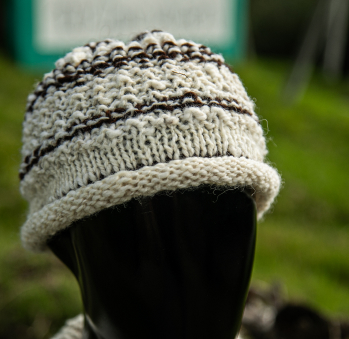
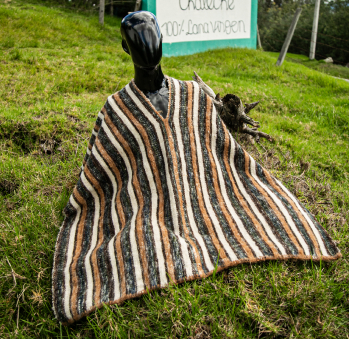
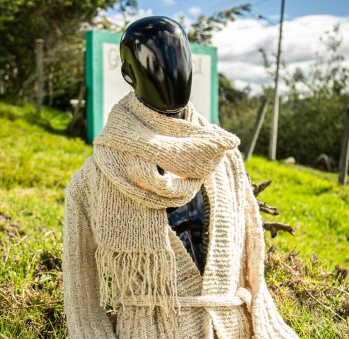
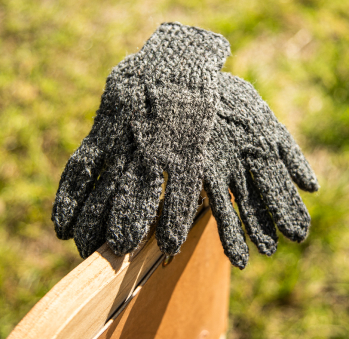
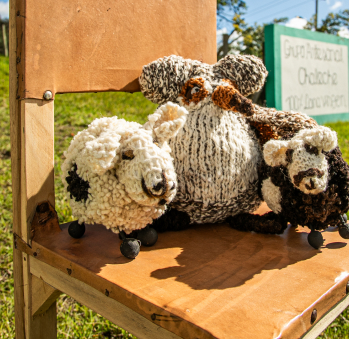
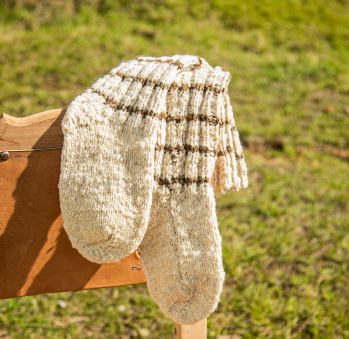
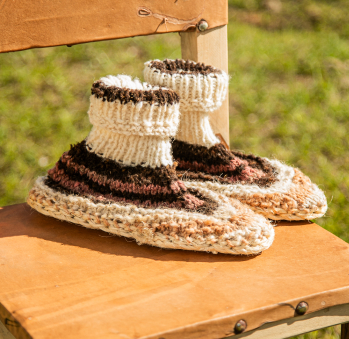
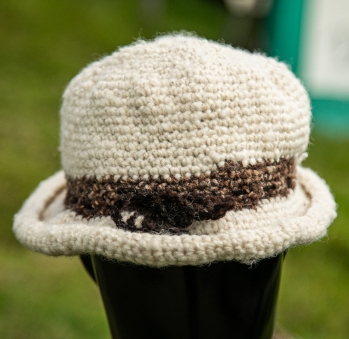
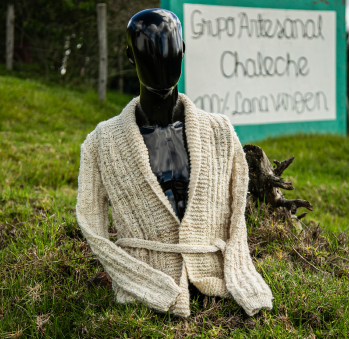
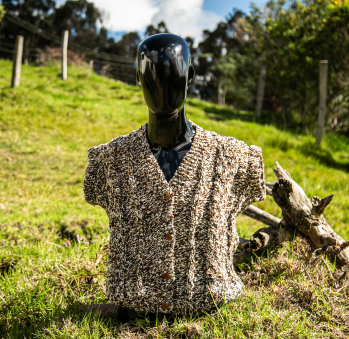










Artesanos de la ruta
Artesanos de la ruta
No puede copiar contenido de esta página

